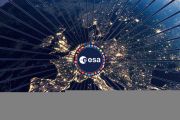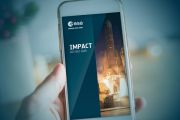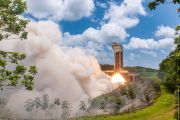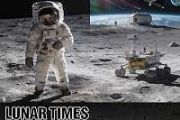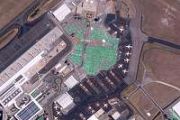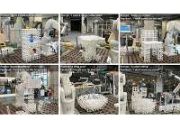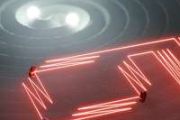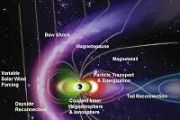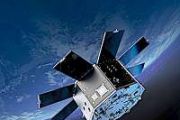
Copernical Team
Space station welcomes two Saudi visitors, including kingdom's first female astronaut
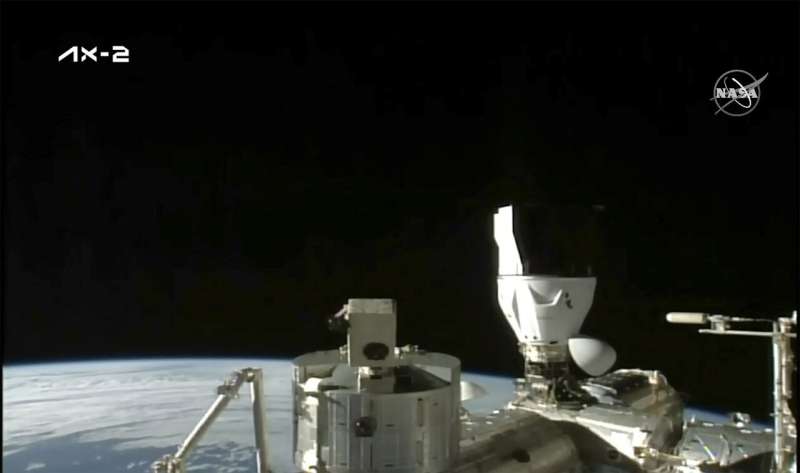
The International Space Station rolled out the welcome mat Monday for two Saudi visitors, including the kingdom's first female astronaut.
SpaceX's chartered flight arrived at the orbiting lab less than 16 hours after blasting off from Florida. The four guests will spend just over a week there, before returning to Earth in their capsule.
Instrument to measure asteroid gravity tested for space
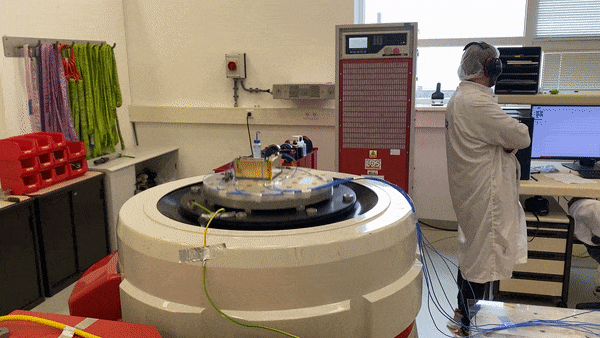
The first instrument to directly measure gravity on the surface of an asteroid has undergone testing in ESA’s Mechanical Systems Laboratory.
Watch live: Global Space Conference on Climate Change

Huginn Science

ESA astronaut Andreas Mogensen will conduct a variety of science experiments and technology demonstrations during his Huginn mission.
The Huginn mission – an overview
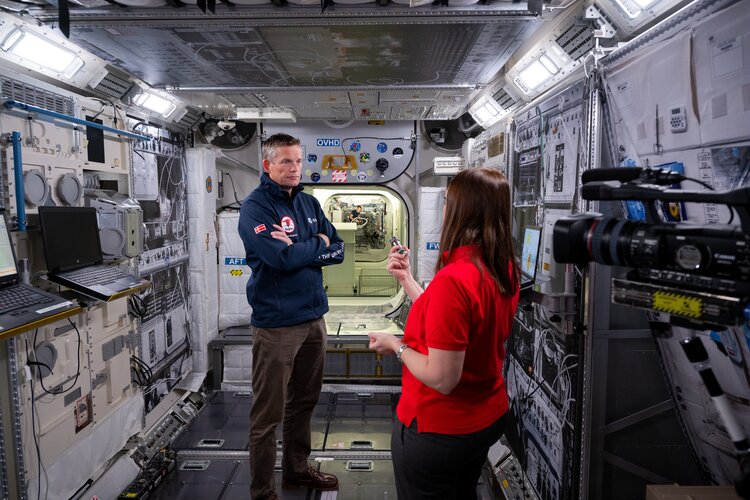
ESA Astronaut Andreas Mogensen will fly to the International Space Station for his second mission called Huginn, in late summer of 2023. It will be a mission of firsts for both Andreas and ESA.
The next step in operating robots from space
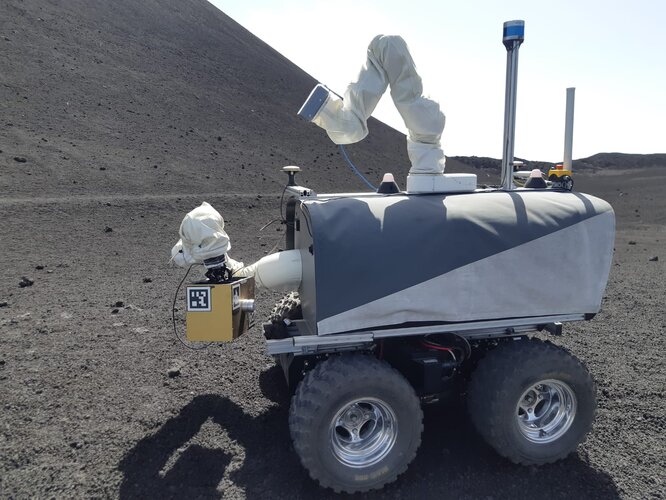
On his Huginn mission, Andreas Mogensen will take part in the Surface Avatar experiment: A telerobotic experiment where Andreas will operate several robots on Earth at the same time, from inside the Columbus Module on the International Space Station.
UH researchers develop sensors that operate at high temperatures and in extreme environments
 Extreme environments in several critical industries - aerospace, energy, transportation and defense - require sensors to measure and monitor numerous factors under harsh conditions to ensure human safety and integrity of mechanical systems.
In the petrochemical industry, for example, pipeline pressures must be monitored at climates ranging from hot desert heat to near arctic cold. Various
Extreme environments in several critical industries - aerospace, energy, transportation and defense - require sensors to measure and monitor numerous factors under harsh conditions to ensure human safety and integrity of mechanical systems.
In the petrochemical industry, for example, pipeline pressures must be monitored at climates ranging from hot desert heat to near arctic cold. Various Wiring up quantum circuits with light
 Quantum computers promise to solve challenging tasks in material science and cryptography that will remain out of reach even for the most powerful conventional supercomputers in the future. Yet, this will likely require millions of high-quality qubits due to the required error correction.
Progress in superconducting processors advances quickly with a current qubit count in the few hundreds
Quantum computers promise to solve challenging tasks in material science and cryptography that will remain out of reach even for the most powerful conventional supercomputers in the future. Yet, this will likely require millions of high-quality qubits due to the required error correction.
Progress in superconducting processors advances quickly with a current qubit count in the few hundreds Demystifying vortex rings in nuclear fusion, supernovae
 Better understanding the formation of swirling, ring-shaped disturbances - known as vortex rings - could help nuclear fusion researchers compress fuel more efficiently, bringing it closer to becoming a viable energy source.
The model developed by researchers at the University of Michigan could aid in the design of the fuel capsule, minimizing the energy lost while trying to ignite the reac
Better understanding the formation of swirling, ring-shaped disturbances - known as vortex rings - could help nuclear fusion researchers compress fuel more efficiently, bringing it closer to becoming a viable energy source.
The model developed by researchers at the University of Michigan could aid in the design of the fuel capsule, minimizing the energy lost while trying to ignite the reac A better way to study ocean currents
 To study ocean currents, scientists release GPS-tagged buoys in the ocean and record their velocities to reconstruct the currents that transport them. These buoy data are also used to identify "divergences," which are areas where water rises up from below the surface or sinks beneath it.
By accurately predicting currents and pinpointing divergences, scientists can more precisely forecast t
To study ocean currents, scientists release GPS-tagged buoys in the ocean and record their velocities to reconstruct the currents that transport them. These buoy data are also used to identify "divergences," which are areas where water rises up from below the surface or sinks beneath it.
By accurately predicting currents and pinpointing divergences, scientists can more precisely forecast t 






